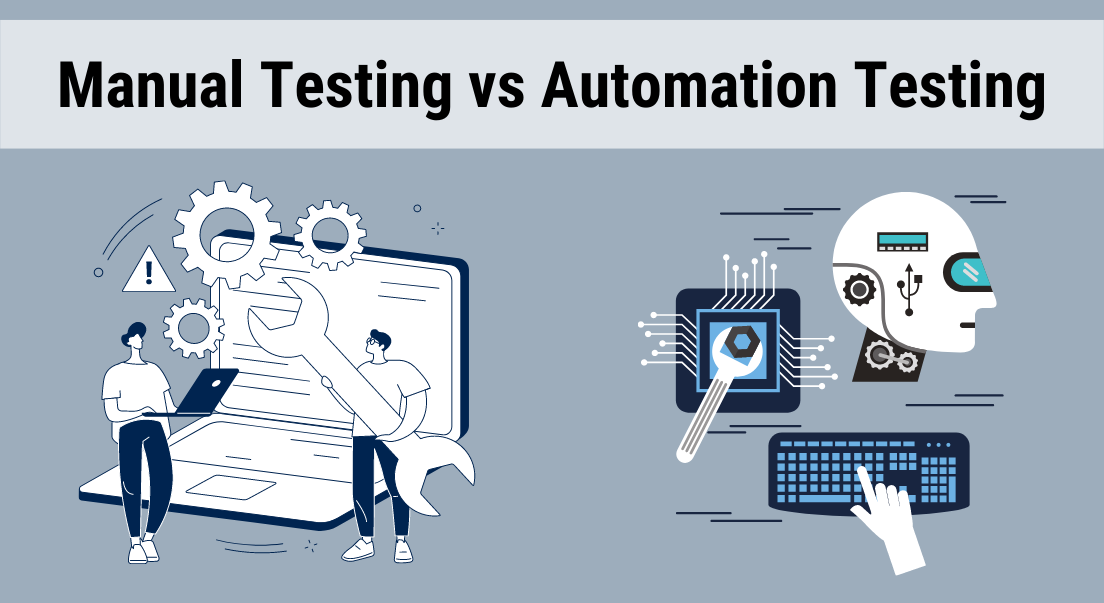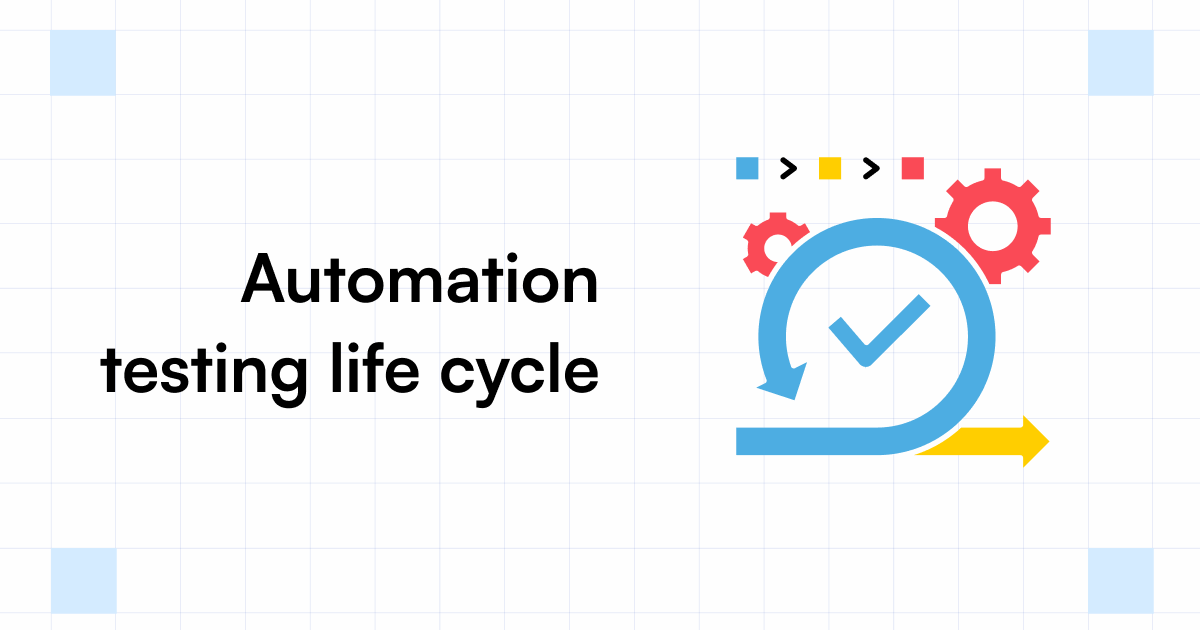The Value of Automation Testing in Agile Development Settings
The Value of Automation Testing in Agile Development Settings
Blog Article
From Manual to Automated Testing: A Comprehensive Overview to Transitioning Smoothly and Effectively
In the realm of software application testing, the shift from guidebook to automated processes has actually become a significantly crucial shift for organizations looking for to enhance performance and accuracy in their testing techniques. As modern technology proceeds to breakthrough, the need for seamless and effective automatic testing methods has actually never ever been much more pressing. The journey from manual to automated screening is not without its difficulties, however when approached purposefully and with a clear strategy in mind, the benefits can be considerable - automation testing. In this extensive overview, we will certainly check out key actions and factors to consider crucial for an effective shift, from the initial selection of devices to the combination of automation into existing process. Stay tuned to reveal the understandings that will aid lead the way for a smoother and extra efficient testing procedure.
Benefits of Automated Examining
Automated testing uses countless advantages, enhancing effectiveness and accuracy in software application development processes. Automated examinations can be run simultaneously on numerous tools and operating systems, dramatically speeding up the testing phase contrasted to manual screening.
Furthermore, automated testing guarantees a higher degree of accuracy in spotting defects. Uniformity in testing is also boosted, as automated tests execute the same actions exactly each time they are run.
Selecting the Right Devices

First of all, evaluate your demands and purposes. Recognize the extent of your job, the innovations included, and the capability of your team. This evaluation will certainly help you figure out the functions and capabilities you call for in your screening devices.
Second of all, think about the compatibility of the tools with your existing procedures and systems. Smooth assimilation with your existing software program advancement lifecycle is vital to guarantee a smooth transition to automation.
In addition, review the scalability and versatility of the tools. As your screening needs evolve, the tools need to have the ability to adjust and fit modifications effectively.
Last but not least, consider the support and area around the devices. Durable support and an energetic user area can offer valuable sources and support when implementing automated screening. By meticulously taking into consideration these aspects, you can choose the right tools that align with your demands and set the stage for an effective transition to automated screening.
Composing Reliable Test Scripts

When crafting test scripts, it is essential to think about the specific needs of the software being examined and make certain that the manuscripts address all important capabilities. Detailed and clear naming conventions for test manuscripts and examination instances can enhance readability and maintainability. In addition, integrating error handling systems within the examination scripts can assist in recognizing and dealing with concerns promptly.
Moreover, organizing examination scripts into modular elements can boost reusability and scalability, decreasing redundancy and improving performance in test script maintenance. Normal testimonials and updates to test scripts are critical to equal progressing software program needs and performances. By following these principles, testers can create effective and robust test scripts that contribute substantially to the success of automated find this screening procedures.
Integrating Automation Into Workflows
Reliable assimilation of automation tools into existing workflows improves processes and improves performance within software program growth cycles. When including automation right into workflows, it is critical to recognize recurring jobs that can be automated to conserve time weblink and decrease human error. By perfectly integrating automated testing tools like Selenium or Appium right into the software growth lifecycle, groups can accomplish faster comments on code modifications, resulting in quicker bug detection and resolution. This combination enables continuous screening throughout the growth procedure, making sure that any type of issues are recognized beforehand, causing higher software quality. In addition, automation can be utilized to activate examinations immediately after each code commit, giving instant validation and releasing up testers to concentrate on more facility situations. Proper assimilation of automation tools requires collaboration in between advancement, testing, and procedures teams to develop a unified process that optimizes performance and visite site efficiency in delivering high-quality software program products.
Guaranteeing a Smooth Change
Efficiently transitioning to automated testing includes thorough planning and mindful implementation to maximize and reduce interruptions performance in the software program development process - automation testing. To guarantee a smooth change, it is important to start by carrying out a comprehensive analysis of the present screening procedures and recognizing locations where automation can bring one of the most substantial advantages. Involving with all stakeholders beforehand at the same time, consisting of programmers, testers, and project managers, is important for gathering support and buy-in for the automation initiative
Communication is key during this change stage. Clear interaction of the objectives, benefits, and expectations of automated testing helps to handle any type of resistance or issues that may arise. In addition, giving appropriate training and resources for employee to upskill in automation devices and strategies is crucial for making certain an effective shift.

Verdict
Finally, transitioning from handbook to automated testing provides countless advantages, consisting of raised effectiveness and dependability. By selecting the appropriate devices, creating reliable examination manuscripts, and incorporating automation flawlessly into workflows, companies can make certain a smooth and successful change. It is important to accept automation as an important asset in software program testing procedures to boost overall top quality and efficiency.
In the world of software application testing, the shift from handbook to automated procedures has come to be a progressively crucial change for organizations seeking to boost performance and precision in their testing techniques. Automated examinations can be run concurrently on several devices and operating systems, drastically speeding up the screening phase contrasted to hand-operated testing. Uniformity in screening is also boosted, as automated examinations perform the very same steps precisely each time they are run.To make certain the successful implementation of picked testing tools, the production of efficient test manuscripts plays a vital role in verifying the functionality and efficiency of automated processes - automation testing. By adhering to these principles, testers can develop robust and reliable test scripts that add considerably to the success of automated screening processes
Report this page